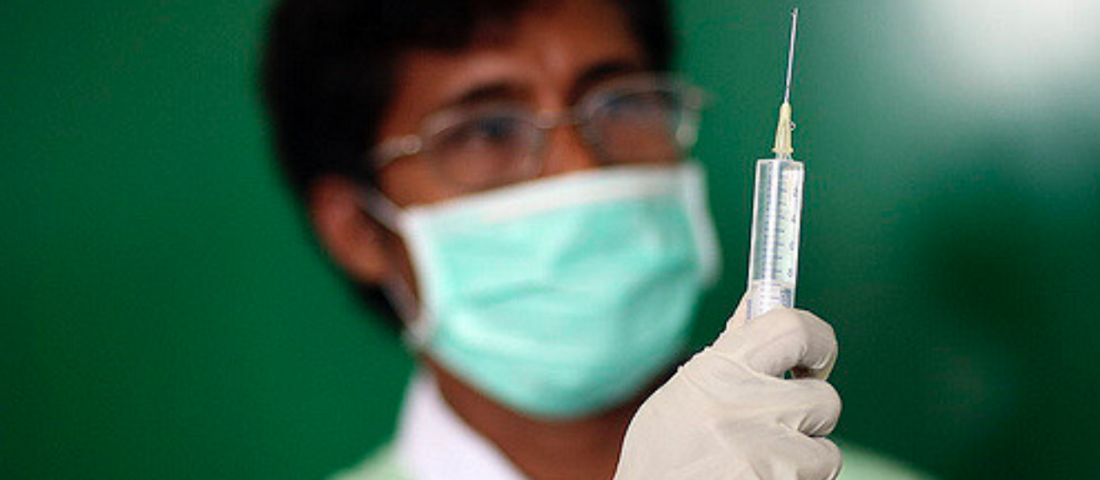Blog post written by Susan Wilburn for United Nations Informal Interagency Task Team on Sustainable Procurement in the Health Sector (SPHS).
Posted on: savinlivesustainably.org
Hazardous Chemicals of Concern List
Photo credit: SPHS
In 2007, recognizing the global environmental realities of the 21st century, United Nations (UN) Secretary General Ban Ki-moon called on all UN organizations to become climate neutral by 2020. One opportunity for reducing the carbon footprint of the UN itself is through procurement. The United Nations purchases billions of dollars’ worth of products every year for global health projects. A problem occurs when products procured to promote health and development have unintended consequences that contribute to disease and environmental degradation.
To achieve this goal, the UN Sustainable Procurement initiative provides guidance and tools to support green procurement by UN agencies. However, these recommendations do not apply to health products and services. To address this gap, five UN agencies came together to create an Informal Interagency Task Team on Sustainable Procurement in the Health Sector (SPHS). The SPHS brings together UN agencies and global health funding institutions to evaluate criteria for procurement to reduce greenhouse gases, conserve resources, select less toxic products and publish tools and resources.
As a partner in this effort, Health Care Without Harm (HCWH), an organization whose mission is to transform health care worldwide so that it reduces its environmental footprint, becomes a community anchor for sustainability and a leader in the global movement for environmental health; is working together with UNDP, who holds the secretariat for SPHS, to develop guidance for green procurement of the health products purchased for global health programs. Supported by the UN Foundation in collaboration with the Skoll Foundation for Social Entrepreneurs, a critical component of this partnership is to conduct research identifying a list of hazardous chemicals to be avoided in health products procured by the UN for global and national programs. In partnership with UNDP, HCWH conducted a systematic evidence review to identify chemicals of high concern to be eliminated or substituted with less toxic chemicals.
UNDP and HCWH are working together to support UN procurement officers by developing criteria to reduce the environmental footprint of the products that they purchase. In addition to the joint HCWH/UNDP publication of the list of chemicals of high concern, guidance documents and training programs are in development for UN and national procurement officers as well as for hospitals who are active in HCWH’s network of Global Green and Healthy Hospitals to further their understanding of how to implement sustainable procurement of health products and services. The systematic evidence review used to evaluate harmful chemicals can also form the basis for the development of evidence-based norms and standards.
This guidance will assist Member States of the United Nations in fulfilling their obligations to achieve the Sustainable Development Goals (SDGs) adopted in September 2015 by the UN General Assembly. Three of the 17 SDGs directly relate to the sustainable procurement project including: Good Health and Well-Being (Goal 3), Clean Water and Sanitation (Goal 6) and especially Responsible Consumption and Production (Goal 12) whose target 12.4 is: By 2020, achieve the environmentally sound management of chemicals and all wastes throughout their life cycle, in accordance with agreed international frameworks and significantly reduce their release to air, water and soil in order to minimize their adverse impacts on human health and the environment.
